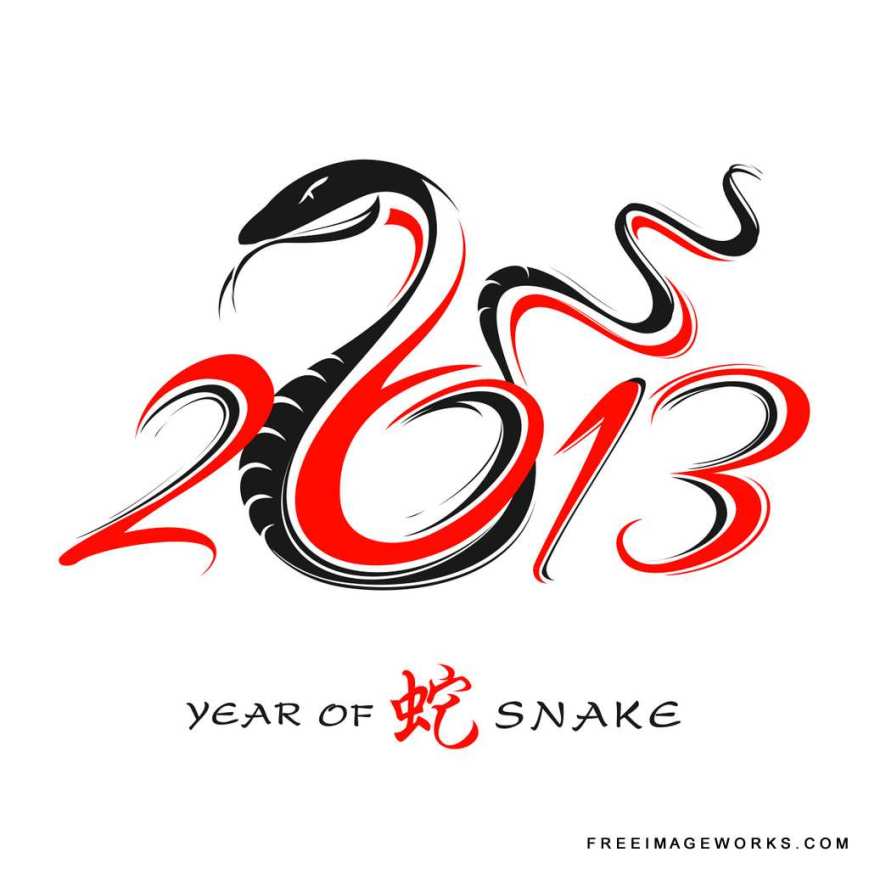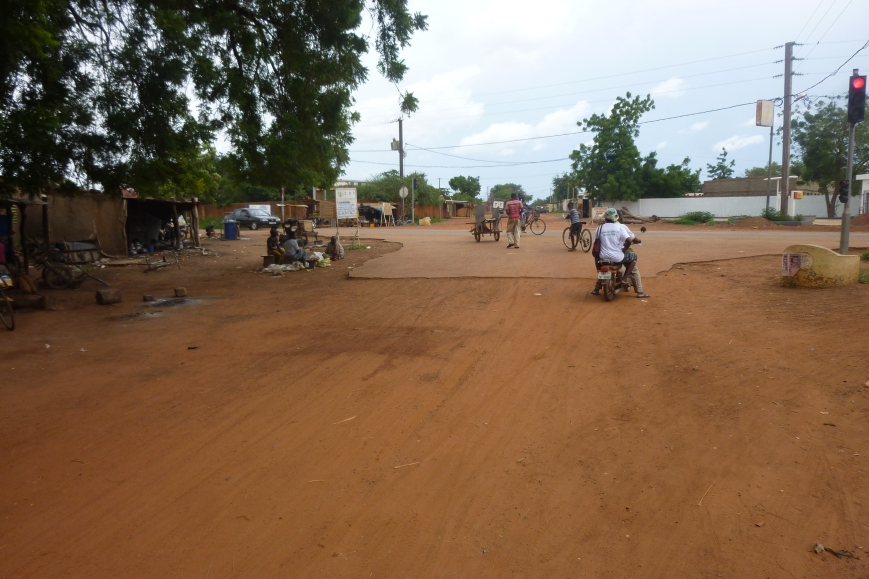
A graphic letter from North Korea, washed upon the shore, was found recently and translated to English.
This shockingly revealing message was recently found in an old Soju bottle, washed up on the shores of Incheon, South Korea and later translated by local Korean authorities. We have attained it through our numerous Korean connections and have taken the liberty to publish it in its entirety, unedited and unabridged, here on Eat with your right. The author’s views are solely his own and do not represent the views of this website or its publisher.
Dear outside world,
It is just past 4:30am here and I am struggling to see these scraps of paper under my dim candle light. You see, I had to collect these scraps for weeks, clandestinely crawling the back alleys of the city, in an attempt to gather enough for this letter. Paper was banned long ago by our Supreme Leader and declared a tool of Western imperialism. We all faithfully agreed – paper must be banished! But now I need some, and I am not so much inclined to agree anymore.
It took me almost one year to attain this pen, which was smuggled in with our country’s last briefcase of cash (which I understand to be our only means of trading with the outside world). Luckily, my cousin’s best friend knew the brother of the courier in charge of one of the transfers. It is a Bic pen – the most luxurious of pens one could imagine.
I do not have much time to write this – our daily drills begin in one hour. I am not quite sure what we are preparing for. Everyone is hungry, tired and week. I do feel, however, this burning desire to get my, our, message out to the world, and so here I am, quivering in the dark, praying not to be seen with this contraband material and expounding these strange thoughts we have only heard about through hushed rumours and bits of sentences drifting quietly from strangers passing by.
You see, this is the first time I have tried to write it all down – we are told that only belligerent terrorists and criminals have an inclination to think without first consulting the wisdom of the Supreme Leader. Yet I feel compelled to write this, whichever label shall be thrust upon me. I am not sure why. Perhaps I have gone mad.
I have roamed the sallow streets of Pyongyang since I was a little boy. I was a child of the state, without mother or father. The Supreme Leader was my father, as well as the father of us all. I graduated from the School of the Will of the People with a concentration in Safely Securing Information and then worked as a clerk in the Department of Information and Secrecy (DIS). I cannot tell you my name for fear for my safety.
I have been working at the DIS for eight years now, every day almost identical to the last. I arrive at the large, grey, ghoulish building at 6:30am, after an hour of public exercise drills in the city centre. I proceed to walk in step with my fellow colleagues up to my desk on the eighth floor (one of the tallest buildings in our country’s history!), where my small stool sits among a sea of blank faces.
Sometimes I sit at that desk, wondering what it would be like to see out of the other side of the concrete slab which divides us from the outside world, but then I quickly look down, ashamed at my dangerous outburst and perplexed at its sinful origins.
We are each given a small typing machine, in which we re-type letters handed to us from our superiors, which are handed down to them in a long chain, all the way up from the Supreme Leader. Each day we get a new letter and we are tasked to type hundreds of them before the sun sets and we make our way to mandatory night training. Yesterday’s letter was titled, “Foreign aggressors trying to destroy our great country” and outlined a plan for nuclear attack upon our evil foes.
I am not sure why we have so many foes, always looking to destroy us. We are a simple and stoic people, similar to many of our neighbours, yet we are not allowed to live in peace. At least that is what I have been typing for eight years. Now, I am not so sure.
You see, this pang of perplexity, driven by the plight of our people, has come over me lately, like the subtle smells of a warm hanjeongsik drifting through the air.
It all started with this Dennis Rodman character and his gang of basketball players who visited our country for the first time. Or maybe it was when word of the Google people came with their imperial plots – of which there were many a letter typed over the following months.
This Rodman character seems very strange indeed and he has been on display as a symbol of all of the people living in other countries, sullied by unrivaled capitalism, lack of morals, and greed. But at the same time, his brazen disregard for normality intrigues me. The Harlem Globetrotters’ smooth skills amaze me. I have been won over by their blatant rejection of conformity.
You see, these thoughts could have me jailed instantly, with the death penalty a very possibly threat. I have never thought this way. Indeed, I was trained the opposite in my studies, especially at the DIS, which consisted mainly of burning and destroying documents when we weren’t copying them. Never did I realize that something could be created by my own hand.
I have released this message in hopes that the outside world will understand us a little bit more. You see, we are people, just like you.
This talk of a nuclear war scares us. I am not sure why or how or what it is all about. All I know is that now I want to play basketball, wear tattoos, and die my hair in leopard print. Is this simply a deranged, illegal and unclean fantasy, or is there life outside of these concrete walls?
In solidarity,
A curious North Korean





